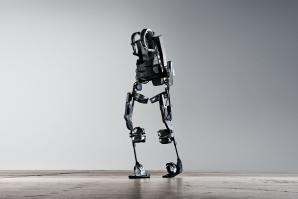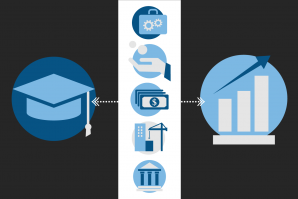In early 2015, doctors at UC Davis Medical Center will begin to provide access to one of modern medicine’s greatest procedures: fetal surgery.
As one of only seven institutions in the nation providing these highly invasive and hypertechnical procedures, UC Davis doctors will be able to treat unborn children who are at risk of developing severe disabilities, including spina bifida and sickle cell disease. The team, led by UC Davis Children’s Hospital Surgeon in Chief Dr. Diana Farmer, will operate on unwell babies by removing them from their mother’s womb, repairing or mitigating the potential birth defect or disease, and then placing the child back in utero to finish gestation.
Though only a few thousand babies have undergone these procedures, which first began at the University of San Francisco in the early 1980s, the results have been tremendous. As Jeff Wilser reports in this month’s medical story, “Opportunity of a Lifetime” (page 46), fetal surgical procedures to remedy twin-to-twin transfusion syndrome, for example, have flipped the mortality rate for that condition from a 90 percent likelihood of both twins dying to an 80- to 90-percent likelihood of at least one twin surviving.
The long-term implications of these treatments are substantial. If fetal surgeries to treat birth defects and diseases become routine, Farmer says, there is a legitimate possibility that we could put an end to all manner of problems.
Other milestone therapies are not far out on the horizon. Stem cell therapies, which UC Davis is also heavily focused on, hold particular promise. By providing therapy in utero, doctors could treat a disease before debilitating symptoms even appear. Add genetic engineering, tissue engineering and gene manipulation into the mix (someday) and you’re looking at a medical toolbox that could literally change humanity.
These sorts of dramatic medical and technological advancements always grab my attention. They cause me to pause and contemplate how incredible the human mind can be. We create such remarkable things. But our achievements and creativity don’t have to be as groundbreaking as fetal surgery in order to influence society.
Human centered design — the sort of design that focuses on people’s needs in order to develop a product or building, for example — is having a huge influence on our daily lives. That’s why we decided to profile five of our region’s top designers of functional art (“Living on the Edge,” page 54).
The same can be said for charitable giving. The last decade has seen tremendous economic shifts, and one the most transformative has been the evolution in philanthropic strategies. Forward-thinking venture capitalists and business leaders are focusing their finances and professional skills on the nonprofit sector (“The Good Samaritan Gets Savvy,” page 28), and this shift in funding tactics could ensure that the coming decades produce greater social outcomes.
So what is it that’s happening in your industry that could change the shape of our community? Large or small, your professional and social advancements matter. It’s their cumulative impact that will shape our future. So please, reach out and let us know what you’re up to.
Recommended For You

Brain-Powered Bionics
How technology is using mind control to help people walk again
There are 6 million people in the United States who are paralyzed. Wide-spread, thought-controlled medical solutions won’t be available tomorrow or next month or even next year. But what if, some day, all of those people could walk again?

Touchscreen to Table
West Sacramento to address food access with Code for America
Code for America works with cities around the country, using open-source software to improve the scalability and reach of government services. Starting next year, Code for America fellows will work with the Sacramento Area Council of Governments and the city of West Sacramento using technology to tackle issues related to health care and food access in the city.

Growth and Prosperity
UC Davis is the keystone to the Capital Region’s economic success
In civic and business circles, we often hear the lament that Sacramento has never been a corporate headquarters. Many believe this hampers our ability to fully prosper and grow. But, in addition to the attractive traits Sacramento does possess, it has a powerful economic catalyst in its backyard: a top-10 public research university that can be the lifeblood of a stronger, deeper and more resilient regional economy.

Get Creative
Improve your business by thinking like a designer
Thomas Edison is most often credited with inventing a thing, the light bulb. But if you really take a look at what Edison did, you’ll see he was able to envision not only the technology, but also how people would use it and why they would benefit from its use. What he actually created was a product with a fully realized marketplace. Edison’s approach was an early example of a concept that has since been dubbed “design thinking” — a creative manner of problem-solving that places the user at the center of the experience.



